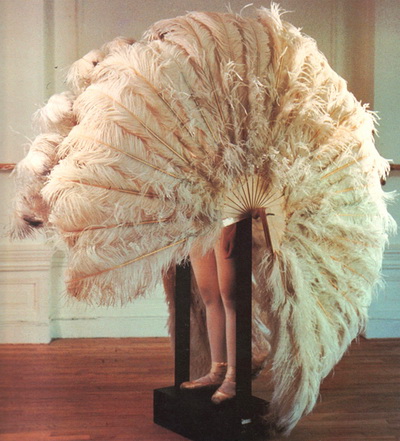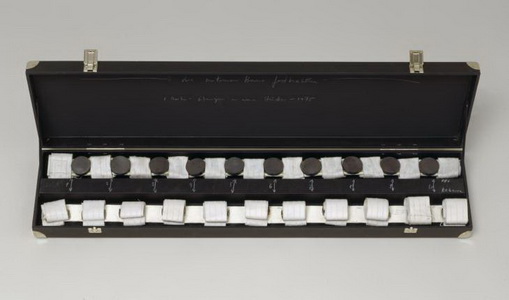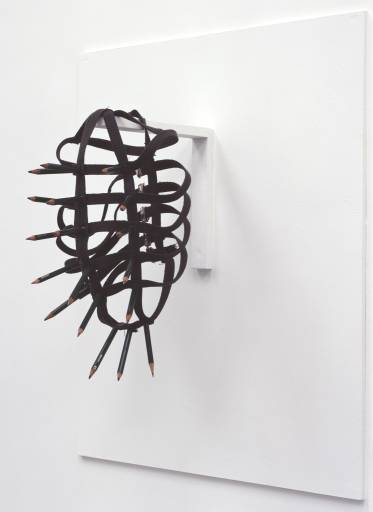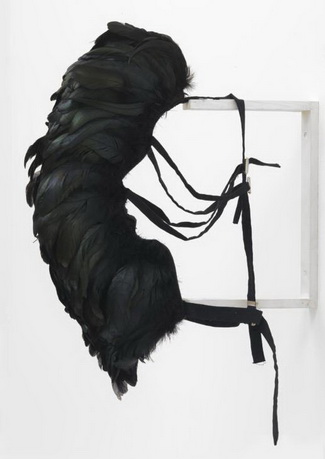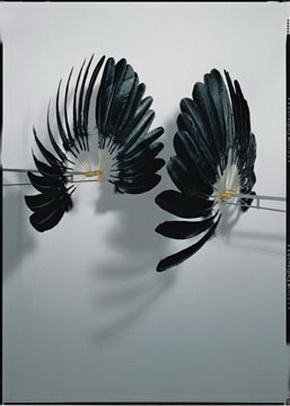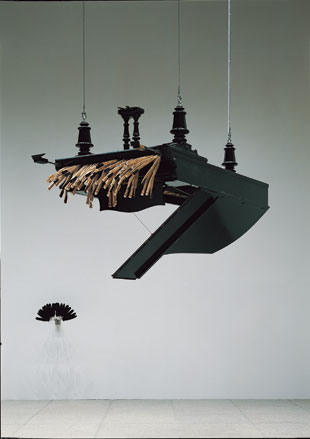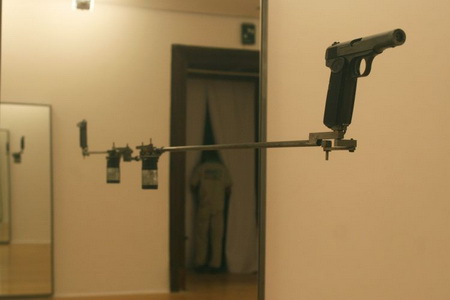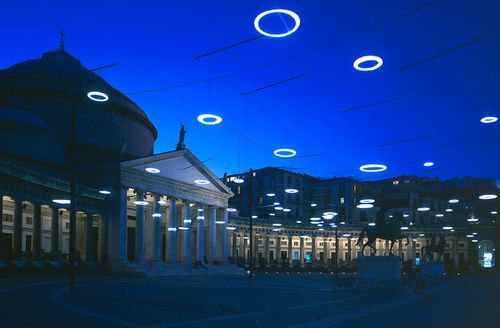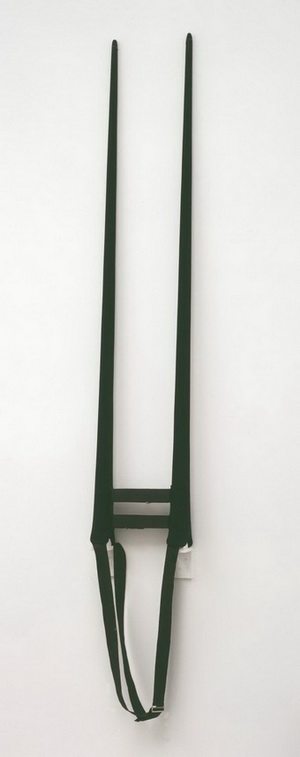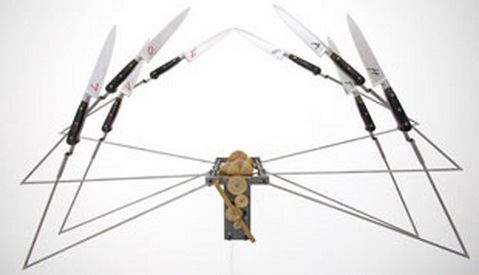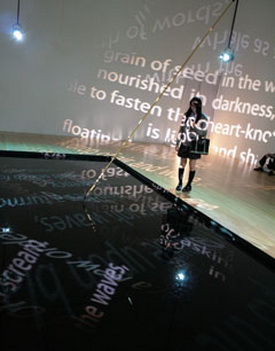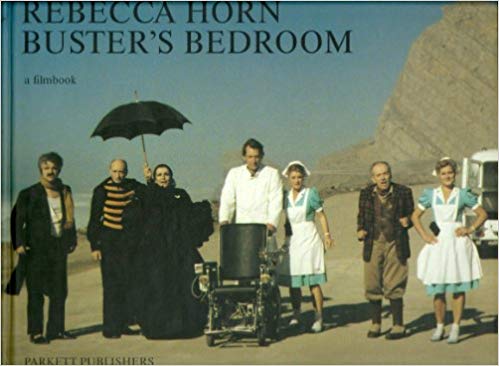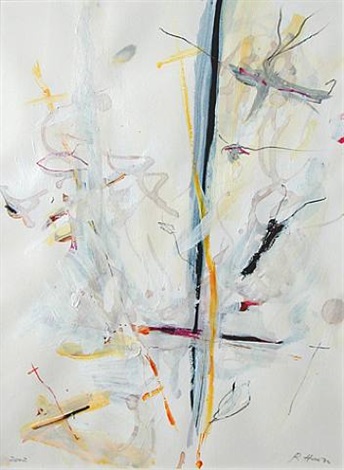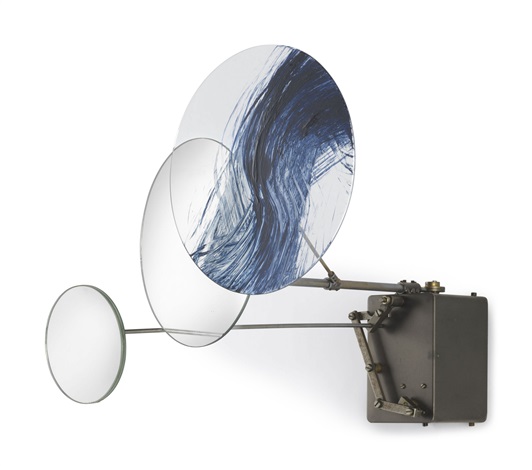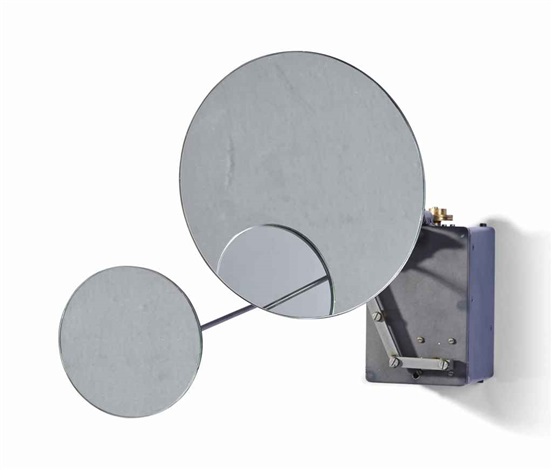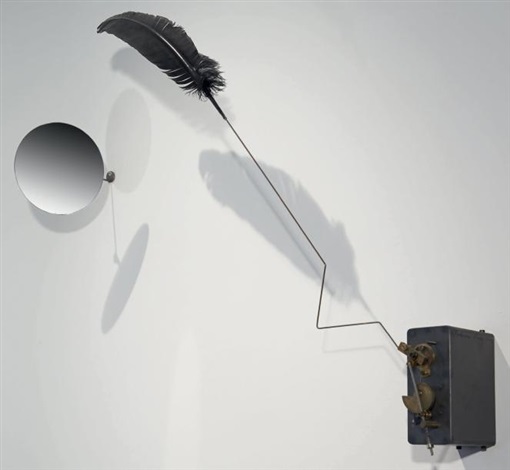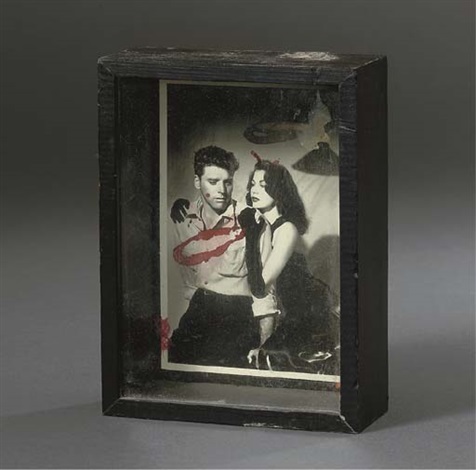Rebecca Horn is a German multidisciplinary artist. She works with installations, paintings, performances, sculpture, body art and movies. The films the artist directed are Der Eintänzer (1978), La Ferdinanda: Sonata for a Medici Villa (1982) and Buster's Bedroom (1990).
Background
Rebecca Horn was born on March 24, 1944, in Michelstadt, Germany.
She became fascinated by drawing in her early childhood. She used it as an alternative form of expression instead of oral language – she had the problems with speaking German.
Such books as The Chymical Wedding of Christian Rosenkreutz by Valentin Andreae and Locus Solus by Raymond Roussel made the young girl love alchemy, Surrealist machines, and the absurd.
Education
Rebecca Horn received the first drawing lessons from a Romanian governess beginning at the age of one.
Then, she spent a lot of time in boarding schools.
Horn’s parents would like her daughter to become an economist, but she made a decision to pursue her artistic training and entered the Hamburg Academy of Fine Arts in 1963. Horn had studied at the institution for seven years. In 1968, the young artist had to leave the Academy for a year because of the severe lung poisoning after her work with fibreglass without a mask.
Horn had also a brief training at the Central Saint Martins College in London where she lived for some time in 1971.
Career
Rebecca Horn made her first body-extension sculptures during her one-year stint at the sanatorium where she cured her poisoning by fiber glass materials in 1968. Since then, she had shifted to softer substances like bandages and prostheses.
The first exhibition where Horn presented her early body-extensions, Unicorn among others, became the Documenta 5 exhibition in Kassel, Germany in 1972. A year later, the young artist held her debut solo show at the Galerie René Block, Berlin. This period, Rebecca adopted feathers for her artworks and began to produce mechanical compositions. In 1974, the artist tried herself as a teacher at the California Institute of the Arts and the University of San Diego, California, United States.
Despite the teaching activity, Rebecca also produced her debut movie called Berlin Exercises: Dreaming Under Water which received the Deutscher Kritiker Preis in 1975. Other movies in which the artist used her early body sculptures and movements included Der Eintänzer (1978) and La Ferdinanda: Sonata for a Medici Villa (1982).
On eighties, Horn was involved in site-specific installations made in historically and politically important places such as an insane asylum in Vienna in 1986 in collaboration with Jannis Kounellis. Through the sculptural compositions, the artist reflected the events related with each sight, for example, Concert in Reverse (1987) in Münster in an old municipal tower that was an execution place during the War, or the Tower of the Nameless (1994), a monument to the refugees from Balkan states which represents a tower with mechanically playing violins. The similar projects included High Moon, New York (1991), El Reio de la Luna in Barcelona, Spain (1992), Spirit di Madreperla in Naples, Italy (2002) and the steel sculpture L'Estel Ferit for the 1992 Olympics in Barcelona.
As to the exhibitions of this period, Horn took part at the Documenta 8 in 1987. The last year of the decade, she began teaching at the Berlin Academy of Arts.
In 1990, Rebecca Horn returned to her filmmaking activity and produced one of her remarkable works in this field called Buster's Bedroom. The staff of the project gathered such stars as an Academy Award-recipient Sven Nykvist, actors Donald Sutherland, Geraldine Chaplin and Martin Wuttke. The stage requisites from the movie was demonstrated to the public at the personal exhibition titled "Rebecca Horn: Diving through Buster's Bedroom" held at the Museum of Contemporary Art, Los Angeles, United States.
Three years later, the artist had the retrospective organized by the Solomon R. Guggenheim Museum, New York City which travelled to the Netherlands, Germany, Austria, United Kingdom and France. Other significant event of this period became the Venice Biennale of 1997.
Since the beginning of the 21st century, the artist had travelled with her creations to such countries as Germany, Austria, Russian Federation, Switzerland, Italy, Spain, Turkey, India Japan and Australia.
Nowadays, Rebecca Horn lives and works in Paris and Berlin.
Views
Through her artworks, Rebecca Horn reflects the relationships between body and space; she shows our vulnerability.
Quotations:
"The transformation of the experience: that is pure art."
"You try not to talk about the past too much as an artist. Instead, you focus on the continuity of your work."
"This idea of the body as a feast, it stems from Giuseppe Arcimboldo, moves to Viennese artists like Günter Brus, and then you have Salvador Dalí of course, then much later, Marina Abramović and Ulay, with their nude series in Italy. It's an ongoing conversation. There was nothing cruel about Méret's Oppenheim piece."



















